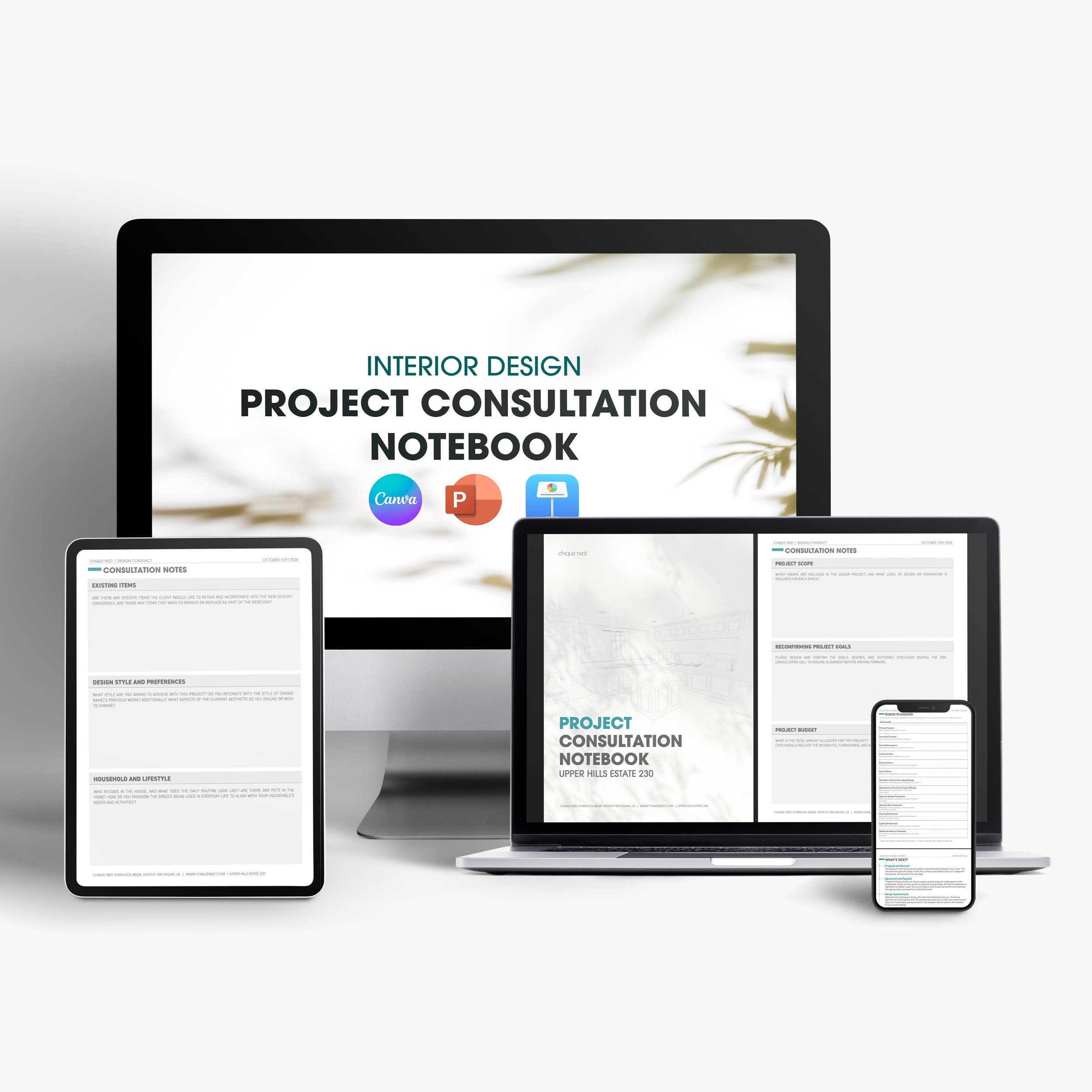The Key Skills of the Most Successful Interior Designers
After over 15 years in the interior design industry and almost a decade working directly with designers, I’ve noticed some clear patterns. Many designers shy away from certain aspects of the business that could really help them reach the next level of success. Today, I want to share with you five essential skills that the most successful interior designers possess. Take a moment to reflect on these as you read through them—are there areas where you can improve or rethink your approach?
Running an interior design business can be challenging, but the most successful designers have mastered these key skills. Let’s dive in!
1. Mastering Conversations About Money
A successful design business is ultimately a business—and businesses need to get paid. One of the most important skills you can have is the ability to talk confidently about money with your clients. This goes beyond just knowing your rates—it’s about clearly communicating your pricing structure, setting expectations for budgeting, discussing payment terms, and addressing any financial concerns as they come up during the project.
Reflection Exercise:
Be honest with yourself—how comfortable are you when discussing money with clients? Do you struggle with pricing or feel awkward when money conversations arise? Identify areas where you could improve your confidence and consider ways to strengthen your communication around finances.
2. Developing a Clear Design Philosophy
Having a defined design philosophy is one of the best ways to attract the right clients. Successful designers understand that they don’t need to appeal to everyone—they just need to attract the clients who resonate with their unique approach. Your design philosophy not only helps you stand out in the marketplace, but it also ensures that you’re working on projects that align with your personal strengths and vision.
Reflection Exercise:
Are you stuck in the “I can do anything for anyone” mindset? If so, it’s time to re-evaluate. What are your personal design strengths and passions? What types of projects make you feel excited? Identify the types of clients and projects that are the best fit for your skill set, and don’t be afraid to turn away those that don’t align with your vision.
3. Implementing Repeatable Systems
Success in business doesn’t just happen—it’s built on systems and processes that help you operate efficiently and effectively. The most successful interior designers have well-organized workflows, systems for managing projects, and a clear, repeatable process that allows them to focus on creativity rather than constantly figuring out the next step. Yes, creating these systems takes time, but the payoff is significant—more room for innovation and fewer stress points.
Reflection Exercise:
If you’re not already using systems in your business, now is the time to start. Begin small—maybe with project management tools, client onboarding processes, or tracking expenses—and build from there. The more organized and streamlined you are, the more productive and profitable your business will be.
4. The Power of Saying “No”
As an interior designer, finding the balance between the projects that truly excite you and those you take just for the money is essential. It’s a tough line to walk—especially when financial pressure is at play. But if you’re constantly taking on work just to pay the bills, you risk draining your passion and creativity. The most successful designers know when to say no to the wrong clients or projects, and they focus their energy on the ones that align with their goals and values.
Reflection Exercise:
Evaluate your project criteria. What makes a project ideal for you? What type of work excites you the most? It’s time to define your personal “line”—the balance between what fuels your creativity and what pays the bills. Work toward getting more of the projects that light you up and fewer that leave you feeling uninspired.
5. Building Strong Client Relationships
Client relationships are the foundation of any successful design business. The most successful designers know how to build rapport, foster trust, and maintain long-term relationships with clients. They understand that every interaction matters, from initial consultations to project completion. Creating an exceptional client experience is what turns one-time clients into repeat business and loyal advocates for your brand.
Reflection Exercise:
Think about your current client relationships. Are you consistently delivering an excellent experience? How can you strengthen your client communication, both during and after a project? Consider how you can foster stronger, longer-lasting relationships that go beyond just completing a project.
Running a successful interior design business doesn’t just rely on your design talent—it’s about mastering key skills that help you operate efficiently, communicate effectively, and build relationships that last. Whether it’s confidently discussing money, creating a signature design philosophy, setting up systems, saying no to the wrong projects, or nurturing client relationships, these are the skills that can set you up for long-term success.
Take the time to assess where you can improve, and remember: this is your business. You get to shape it in a way that reflects your talents, values, and vision. Keep evolving and refining your skills, and watch your business thrive.
This article may contain affiliate links for your convenience. By clicking on any of these links and completing a purchase, we may earn a small commission, at no extra expense to you. Your support for this blog is greatly appreciated.








